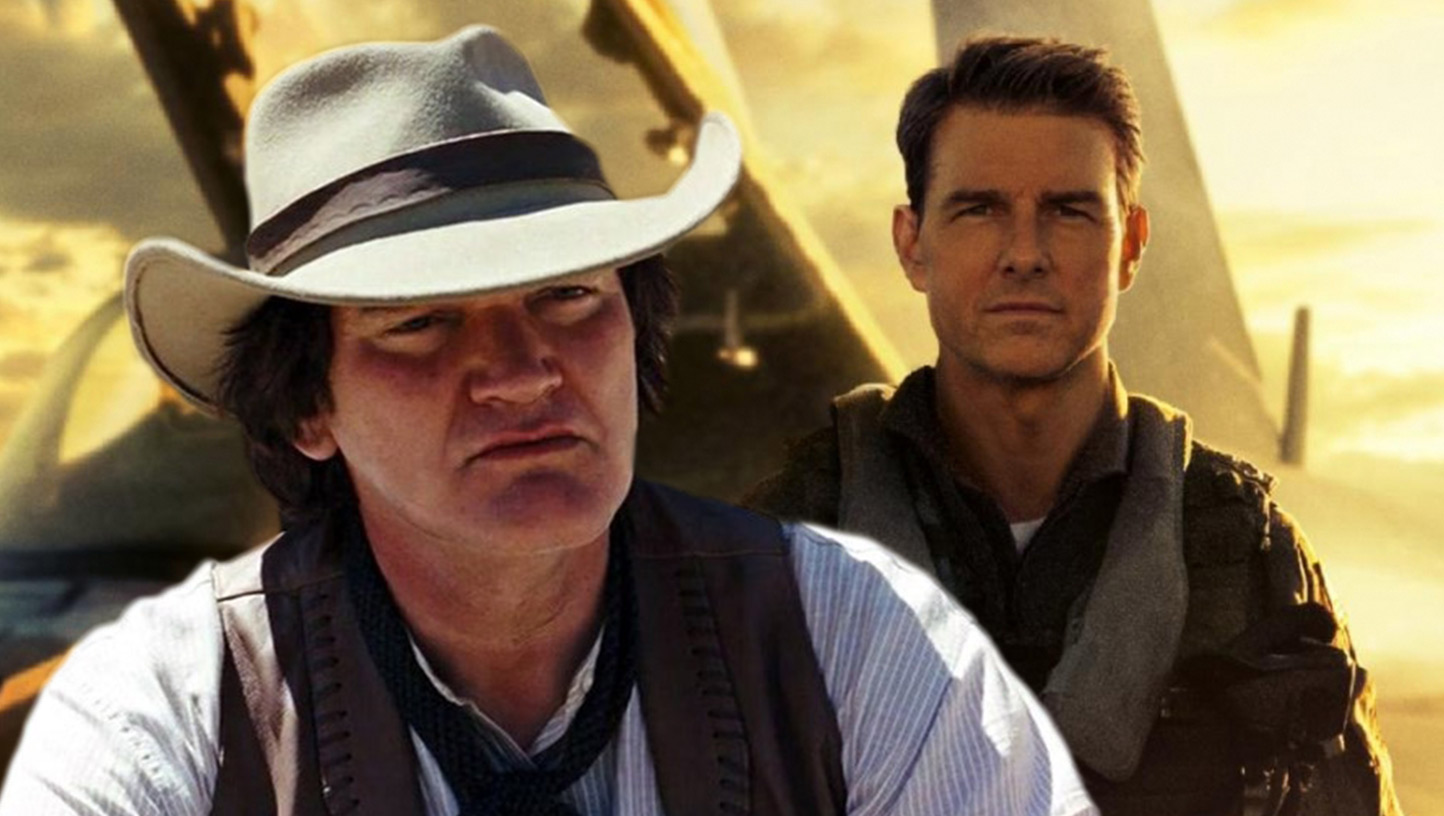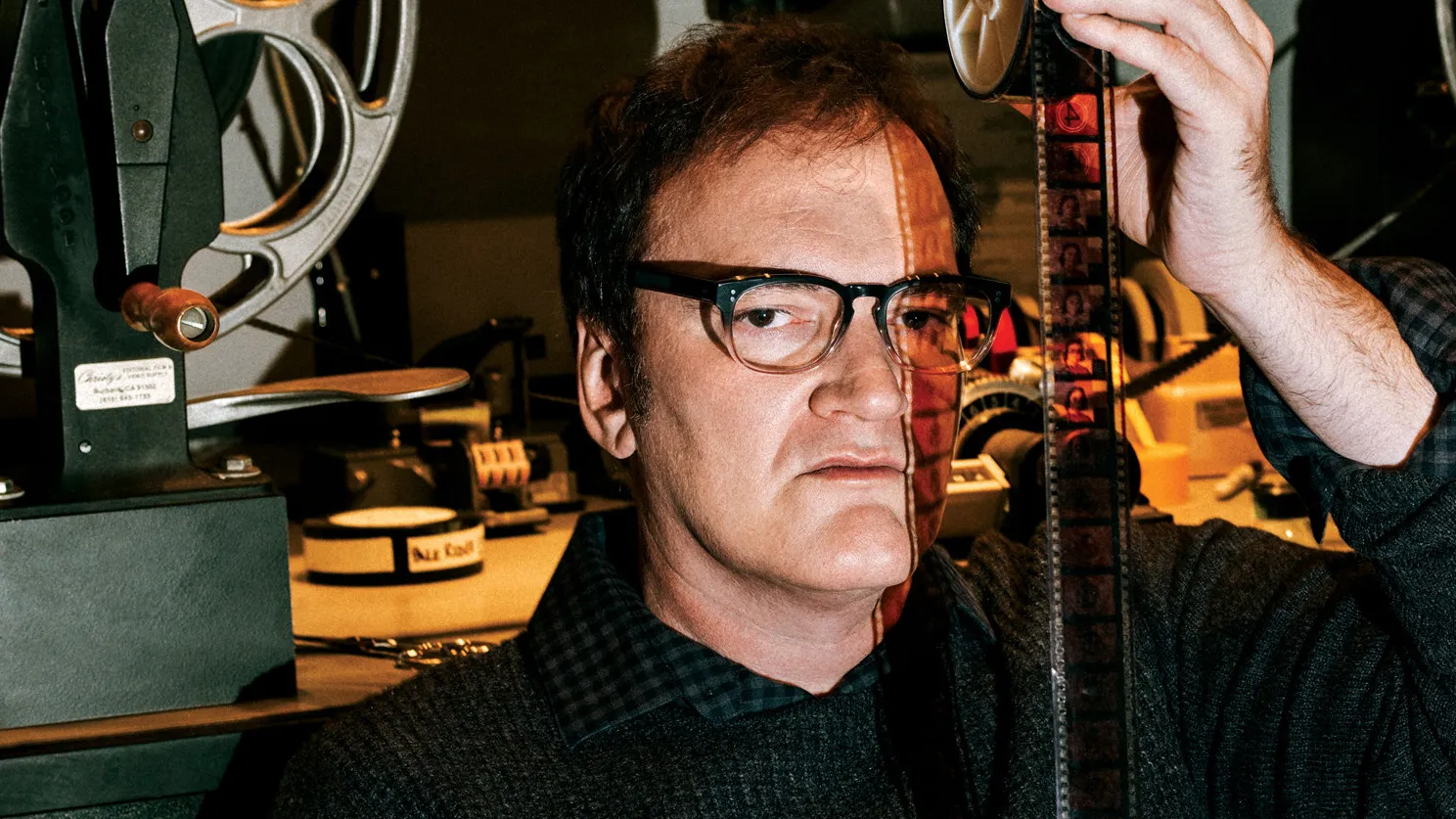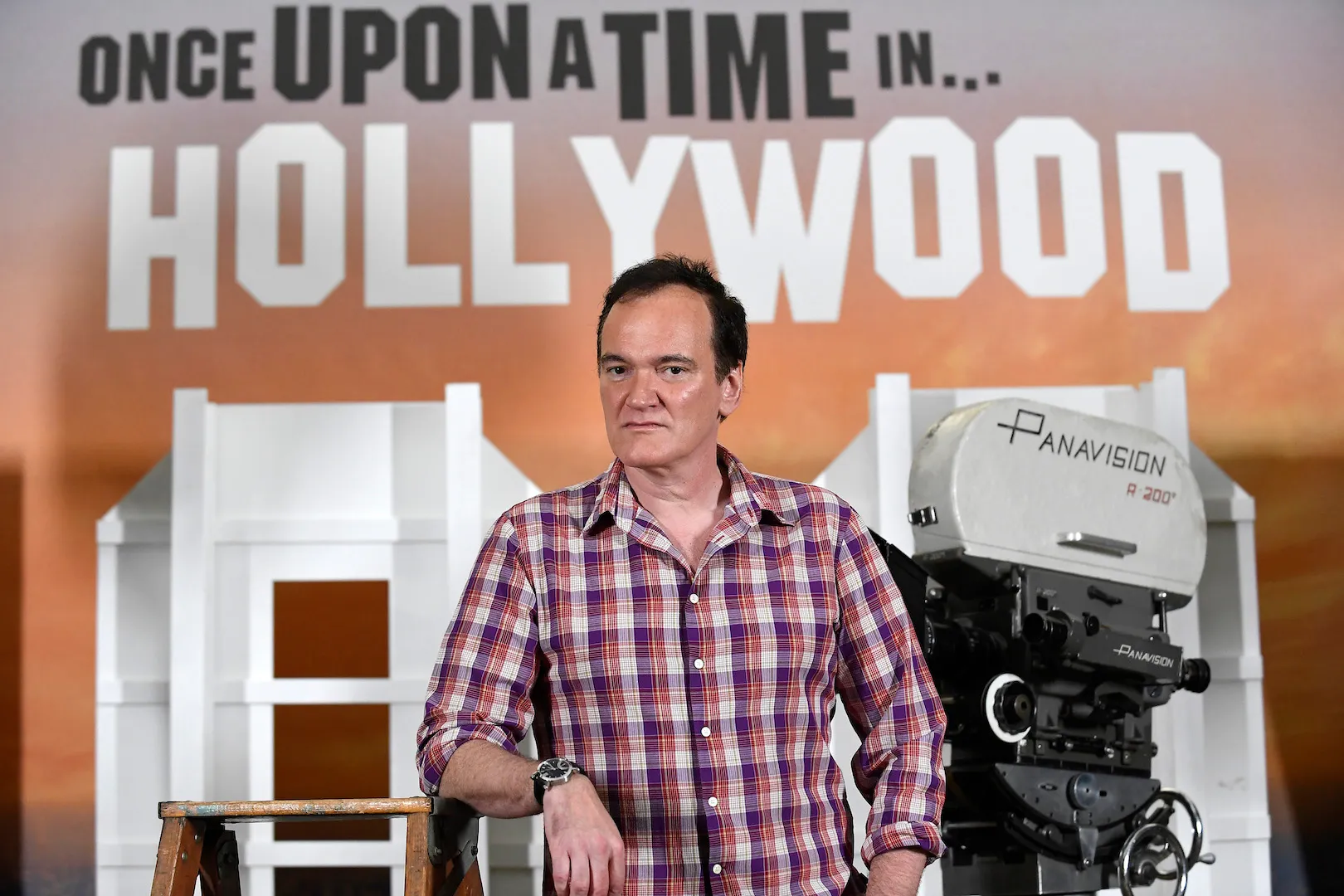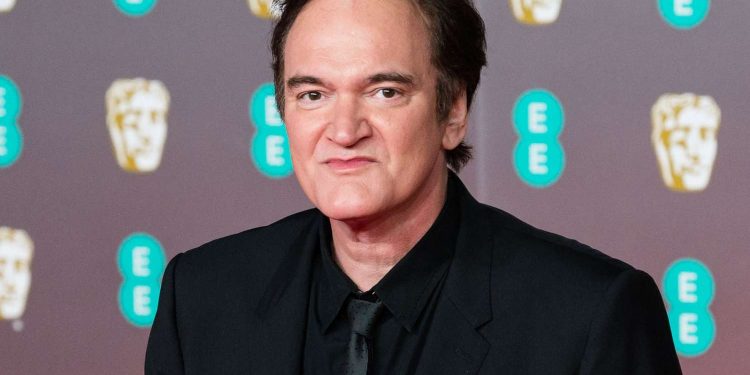Quentin Tarantino, known for his distinctive filmmaking style, has always pushed the boundaries of cinema with his daring narrative and aesthetic choices. Among his eclectic filmography, the 2007 film “Death Proof” stands out not only for its adrenaline-pumping sequences but for a particular car crash scene that Tarantino himself considers his masterpiece in cinematic craft.

The Scene That Made Tarantino a Cinematic Director
In “Death Proof,” Quentin Tarantino crafts a narrative around Stuntman Mike (played by Kurt Russell), a psychopathic killer who uses his “death-proof” car to execute his murderous plans. The film, while not the biggest box office hit, has grown into a cult classic, particularly revered for its raw and unfiltered portrayal of violence.
One scene in particular—the harrowing car crash—has been singled out by Tarantino as a defining moment in his directorial career. This scene is not just about the shock value; it involves the audience in a buildup of tension, amplified by strategic music cues and lighting, culminating in a crash that leaves viewers both stunned and complicit.
Tarantino on the Art of Engaging the Audience
“They want the crash to happen. It’s exciting, the girls are driving, and the audience is waiting for it, and they’re waiting for it, and… it’s like a cum shot when it happens. And the audience has to admit that they wanted it to crash.”
Tarantino describes the scene with a vivid metaphor, comparing its explosive climax to a “cum shot.” This analogy, while provocative, emphasizes the visceral impact he aims to achieve in his filmmaking.
This level of audience engagement, where viewers find themselves rooting for the inevitable yet shocking conclusion, showcases Tarantino’s skill in manipulating viewer expectations and emotions.
A Legacy of Thrilling Chases and Cinematic Mastery
Beyond just providing shock, Tarantino’s approach to the car chase scene in “Death Proof” challenged his own directorial skills. Known for his dialogue-heavy scenes and non-linear storytelling, engaging with a full-throttle action sequence was a stretch that Tarantino embraced wholeheartedly.

“I’m not doing it to be ‘pretty good’. I wanted to make this one of the best, if not the best, car chases ever. That was a big anxiety. But we got to the end of it and I knew I had my chase.”
This pursuit of excellence in a genre that demands meticulous choreography and timing speaks to Tarantino’s admiration for what he calls “cinematic directors”—those who can effectively merge the art of storytelling with the thrill of action.
The Lasting Impact of “Death Proof”
While “Death Proof” might not have achieved blockbuster status, its influence and appeal continue to endure, particularly among Tarantino’s fans and cinephiles who appreciate film as an art form. The movie’s rating of 7/10 on IMDb and 63% on Rotten Tomatoes, coupled with its availability on streaming platforms like Prime Video, ensure that new audiences can experience its unique blend of suspense, action, and narrative innovation.

Tarantino’s reflection on this particular scene not only underscores his identity as a filmmaker but also illuminates his understanding of cinema as a medium that is both visually dynamic and emotionally provocative. In the realm of action and suspense, “Death Proof” marks a significant point in Tarantino’s illustrious career, reminding us why he remains a formidable force in Hollywood’s pantheon of directors.









